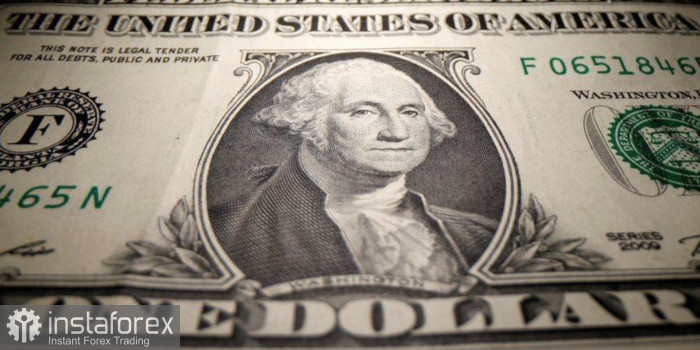Futures on US stock indices show gains. S&P 500 futures gained 0.2%, while the high-tech NASDAQ added 0.3%. However, most traders have adopted a wait-and-see stance ahead of crucial employment data in the US. Treasury bond yields remain unchanged, as does the US dollar exchange rate.
The largest energy companies are leading the growth in the Stoxx Europe 600 index, as oil shows its highest weekly increase since April of this year. Shares of mining companies have surged due to China's stimulus measures driving up prices of certain industrial metals.
China's new efforts to rescue its weak economy have propelled the MSCI Asia Pacific Index for the second consecutive week. This marks the longest winning streak since mid-June. It is been revealed that the government has allowed major cities in the country to reduce housing payments for new buyers and has urged creditors to pay serious attention to the existing conditions for mortgage loans, which are quite stringent.
The yuan has also strengthened after China's central bank lowered the required currency reserve ratio for financial institutions in an attempt to support the currency. Sentiments have also been boosted by an unexpected growth in manufacturing data. The manufacturing PMI rose to 51 points in August, the highest reading since February.
Today's employment report could be further evidence of a slight cooling of the US economy, a goal pursued by the Federal Reserve as it battles high inflation. The question is whether this will be enough to halt the Federal Reserve's tightening cycle, or if by mid-autumn of this year, the rate hikes will continue. According to economists at Morgan Stanley, a rapid economic slowdown is likely to push the Federal Reserve toward a pause at this month's meeting without further rate increases. A labor market situation that's more severe than expected will only add fuel to the fire, leading to either continued or sustained inflation at rather high levels. Slower job growth will be welcomed and will indicate the impact of tighter monetary policy.
At the upcoming meeting, interest rates may remain unchanged at the current level, but employment data might introduce adjustments.
As for the S&P 500, demand for the index persists, but upward potential is constrained by crucial fundamental statistics. Bulls now need to take control at $4,515. Only from this level, they can push the price upward to $4,539. Bulls should also take control of $4,557, which will strengthen the bull market. In the event of a downward move due to reduced risk appetite, bulls will have to protect $4,488. Breaking through this level, the trading instrument may return to $4,469 and $4,447.
 English
English 
 Русский
Русский Bahasa Indonesia
Bahasa Indonesia Bahasa Malay
Bahasa Malay ไทย
ไทย Español
Español Deutsch
Deutsch Български
Български Français
Français Tiếng Việt
Tiếng Việt 中文
中文 বাংলা
বাংলা हिन्दी
हिन्दी Čeština
Čeština Українська
Українська Română
Română

